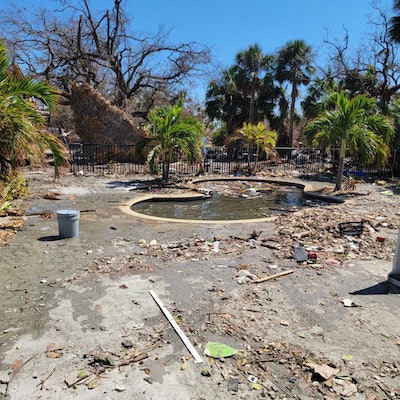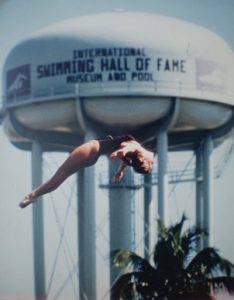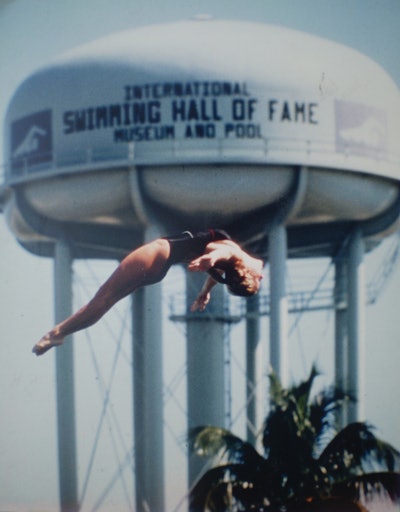Unfortunately, hurricane season is upon us. We have what you need to know about assessing pool damage and determining next steps for cleanup after you take care of competing priorities: https://t.co/tAJCiWf0PO pic.twitter.com/CcTu0N1lYD
— Hayward Pool (@HaywardPool) July 30, 2020
There is no calm before the storm if you are responsible for servicing pools along the coast, particularly the Gulf of Mexico. You should instead pay attention to the “cone of uncertainty”, which is what you refer to as.
With trepidation, you will soon find that your weekly expenses will be on the ‘dirty’ side of the eye. This is the right-front quadrant, which blows towards shore and unleashes tsunami-like waves. These waves can last as long as a day. This is the storm’s most destructive area, and it is where the sea will take over swimming pools.
Post-Hurricane Pool Service: How to Deal with a Storm Surge: These are the most difficult and exhausting weeks a pool service technician can go through. The equipment is often submerged and the water is no longer salvageable. It is common for the pools to be filled with several feets of sand.
All the problems that the customers of the service company are having is happening at the technician’s house. To be able to clean someone else’s pool, it takes dedication. These are some tips to help you navigate the aftermath.
Customers should be informed that they won’t see a service technician every day. Although the clientele may initially be patient, they soon become impatient. They forget that each customer of the company is going through all they are experiencing (and some don’t care). You can assure them that everything necessary to make swimming pools safe is being done on every visit. Even though it might take days or even weeks for them to arrive, they will do the same at the pool of the person who does.
Storm cleanup should not be included in your regular service and should be charged separately at a higher rate. Although hurricane damage can be devastating, now is not a good time to operate a business as an organization for charity. A service agreement should cover acts of God and weather events.
Pools will need to be drained. However, due to the high-water tables caused by rain and flooding, there is a risk of pools popping up. A pool service company that isn’t familiar with saturated groundwater should not attempt this task. Contact a wellpoint company to have a wellpoint system installed.
Your company must have current pop-up coverage. Before you drain any water from these swimming pools, make sure to contact your insurance agent. Pop-up coverage cannot be included in general liability insurance. Without it, all damage will be your responsibility.
Equipment such as the pool pump should be replaced if submerged. VSPs that are underwater will experience permanent or partial demagnetization. Unfortunately, it is possible to not find the equipment you need due to damage to the local distribution centre, logistical problems, and any other issues that may have arisen.
Aluminum sulfate is not the best solution for storm surge contamination. As everyone knows, I am a huge advocate of it. However, alum can only flocce what it can floc and the damage here is greater than the coagulant can handle. There is too much risk to the pool and equipment as well as the swimmers.
All you can do is your best. It will take time, especially if you have to remove hundreds of thousands of pounds of sand. It’s inevitable that you’ll lose customers. To make matters worse, you can’t do any of this until the electricity comes back on.
To all those who are dealing with the aftermath Ian: We’re here for you.
@ultrabluepools321 Before and after of a swimming pool clean up after a hurricane.#poolcleanup #hurricanecleanup #beforeandafter ♬ original sound – UltraBlue Pool & Spa, Inc.






